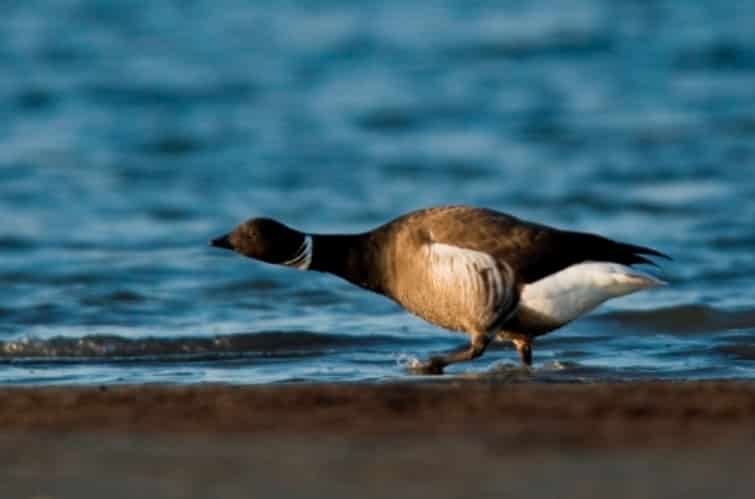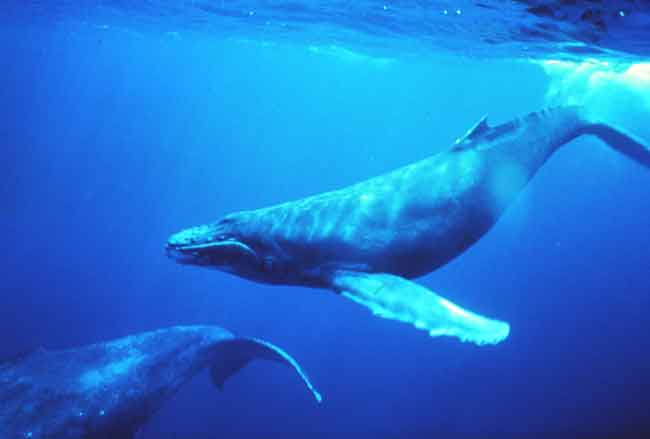(Statewide) — Alaska goose hunters will be allowed larger bag limits this season, depending upon where in the state they hunt and what goose species they pursue, thanks to changes in the 2014-2015 migratory bird hunting regulations.
Canada geese (including cackling geese) and white-fronted geese – previously managed together under “dark goose” regulations – are now split into separate categories, allowing hunters to take limits of each species. For example, in the Gulf Coast Zone where dark goose limits last season were a combined four birds per day, hunters this year can harvest four Canada geese and four white-fronted geese per day.
Other changes to this year’s migratory bird hunting regulations include:
- Increased bag limits for white-fronted geese in western Alaska’s Game Management Unit 18. Hunters there will be allowed eight whited-fronted geese per day and 24 in possession
- Canada goose hunters in GMUs 6B, 6C, and on Hinchinbrook and Hawkins Islands in GMU 6D will not need registration permits this year. Registration permits are still needed to hunt Canada geese on Middleton Island.
- A change to the definition of “edible meat” affects hunters who take swans, geese (including brant) and sandhill cranes. For these species, hunters must salvage the meat of the breast, legs and thighs (femur, tibiotarsus, and fibula). Salvage requirements for ducks and snipe have not changed.
Separate Canada goose and white-fronted goose regulations will allow additional harvest of white-fronted geese while maintaining traditional Canada goose hunting opportunities. Alaska hunters will benefit from this change which is primarily intended to increase the harvest of white-fronted geese in the Lower 48. The Pacific population of white-fronted geese has been increasing over the last 30 years, is well above the population objective, and has led to increased complaints of agricultural damage on wintering and staging areas.
Dusky Canada goose populations in the Copper River Delta and eastern Prince William Sound have increased from a low of 6,700 in 2009 to more than 15,000 in 2014. The three-year average population index used for management purposes is 13,700 birds. As a result, the registration permit program for Canada geese has been canceled in GMUs 6B, 6C, and on Hinchinbrook and Hawkins Islands in GMU 6D. The daily bag limit for Canada geese, including cackling geese, is four birds with possession limits of eight.
The Alaska Board of Game moved to expand the definition of “edible meat” with regard to swans, geese and cranes at the statewide meeting in March. The revision was reached in response to public proposals and testimony.
Waterfowl hunting seasons open on September 1 in many parts of the state and hard copies of the 2014-2015 Migratory Bird Hunting Regulations Summary booklet will be available soon at Alaska Department of Fish and Game offices and outdoor sports retailers. The new regulations are currently available online at:https://www.adfg.alaska.gov/static/regulations/wildliferegulations/pdfs/waterfowl.pdf.
Licenses and Alaska state duck stamps can be purchased online at: https://www.adfg.alaska.gov/index.cfm?adfg=license.main .







